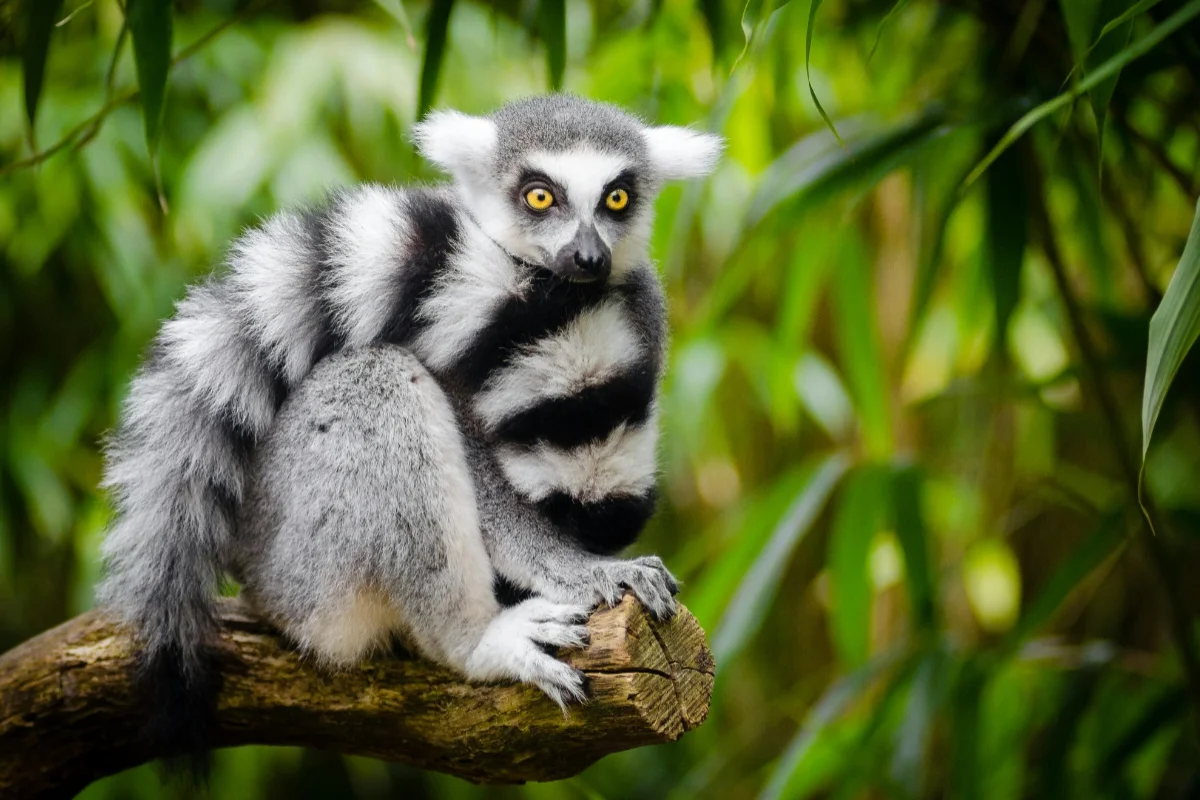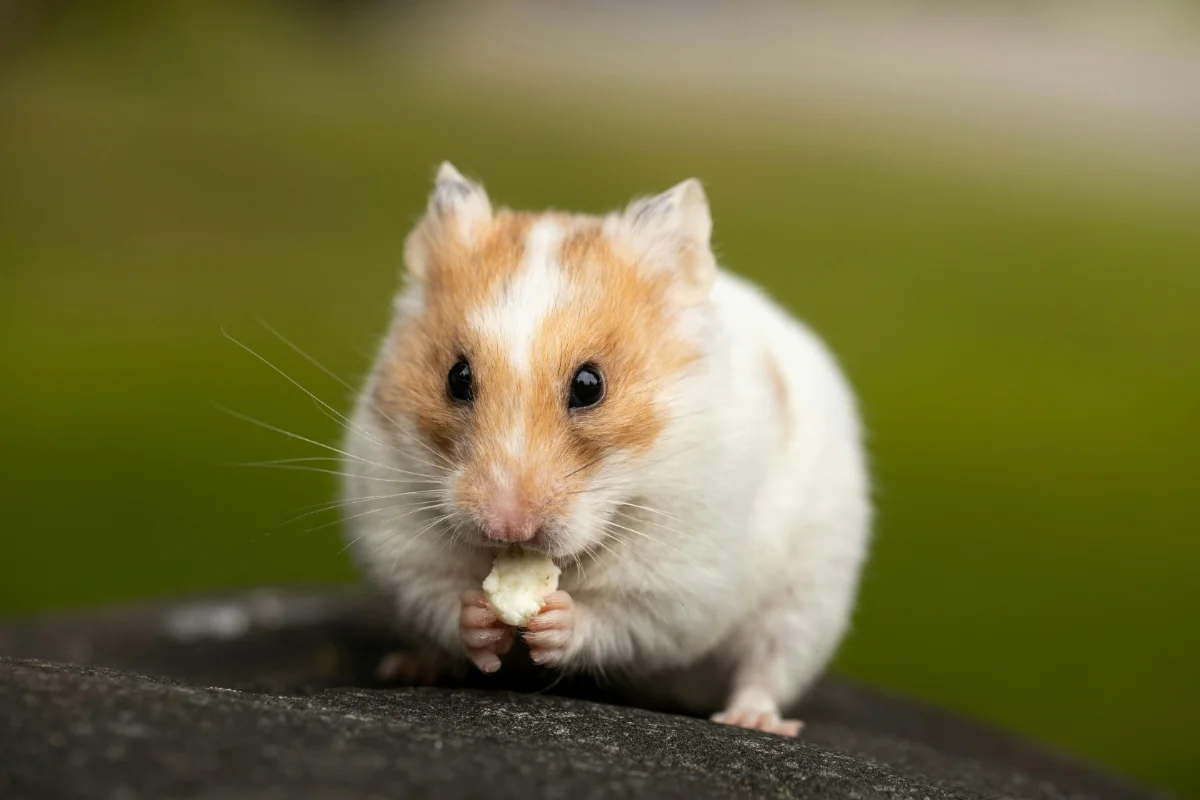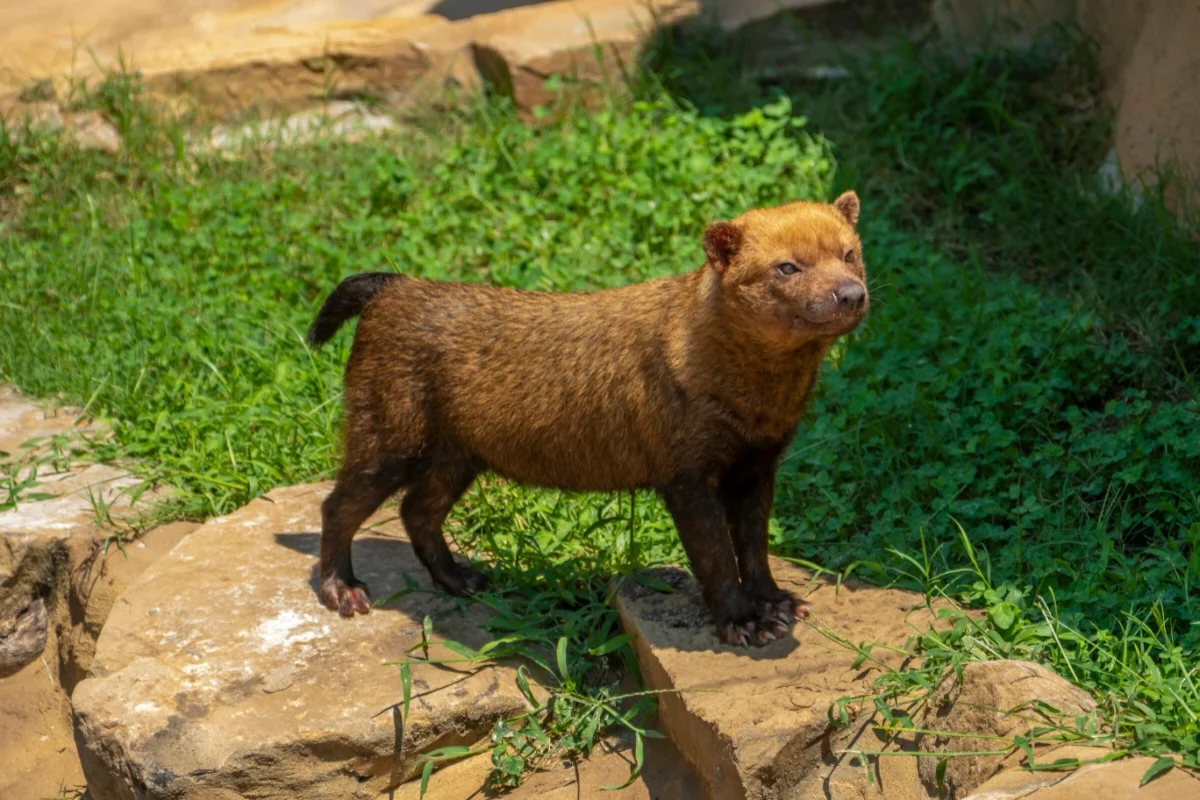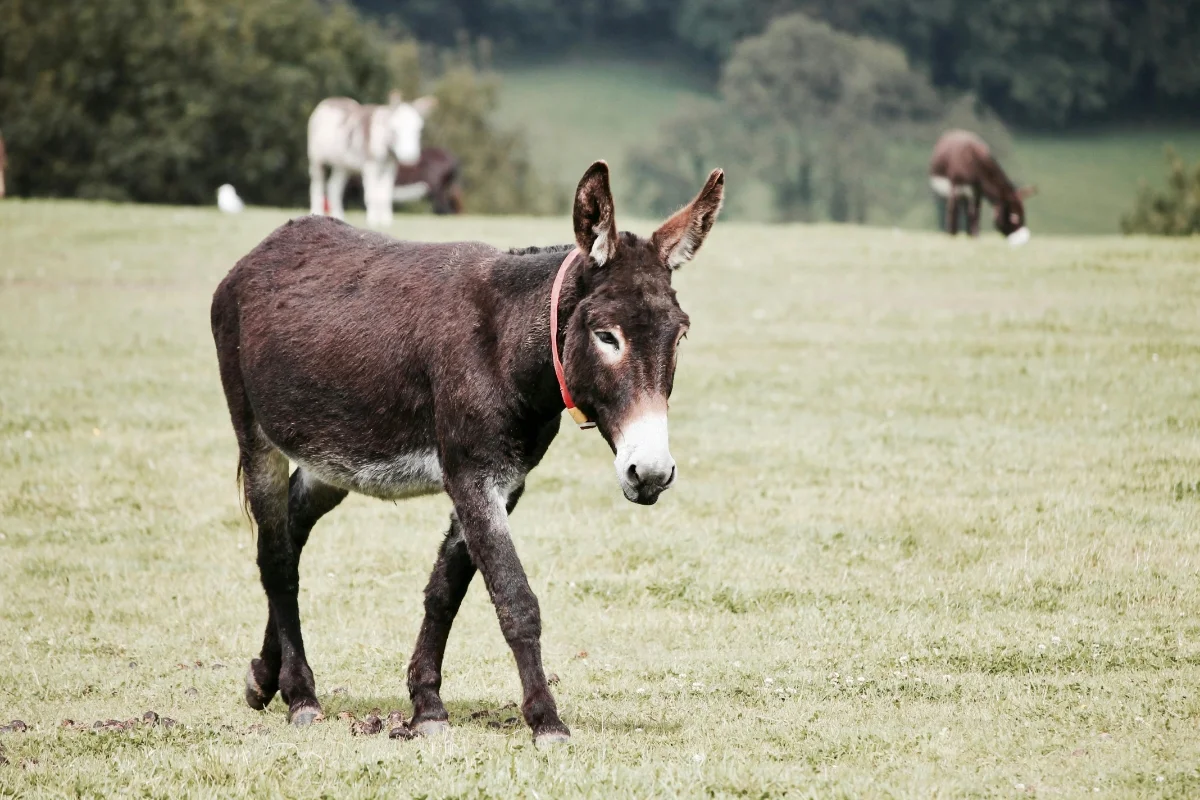Wolf
The wolf (Canis lupus) is a highly intelligent and social predator, known for its strong pack bonds and hunting skills. Found in…
Life Span
6–8 years
Top speed
35–40 mph
Size
3.5–5 ft
Weight
18 to 79 kg
The wolf (Canis lupus) is a highly intelligent and social predator, known for its strong pack bonds and hunting skills. Found in diverse habitats worldwide, wolves play a crucial role in maintaining ecosystem balance. Despite their fearsome reputation, they are complex creatures with deep family connections and sophisticated communication methods.
Wolf Facts Overview
| Size: | 3.5–5 ft |
| Weight: | 18 to 79 kg |
| Top Speed: | 35–40 mph |
| Food: | Meat (deer, elk, moose, small animals) |
| Color: | Gray, black, white, brown |
| Location: | North America, Europe, Asia |
| Predators: | Humans, bears, tigers |
| Lifespan: | 6–8 years (wild), 15 (captivity) |
| Habitat: | Forests, tundras, grasslands, mountains |
| Gestation: | 63-day pregnancy, 4–6 pups |
Interesting Facts
Wolfs communicate using howls, body language, and scent marking. They have exceptional stamina, covering long distances while hunting. Each pack has an alpha pair leading the group. Wolves form strong family bonds and care for pups together. Despite their fearsome reputation, they are often shy and avoid humans when possible.
Description
Wolfs have a lean, muscular body built for endurance. They range in color from gray to black, white, or brown. Adults measure 3.5 to 5 feet long, with bushy tails. Males are usually larger than females. Their powerful jaws, sharp teeth, and keen senses make them highly efficient hunters.
Characteristics
Wolfs are social animals, living in packs of 6–15 members. They rely on cooperation for hunting and raising pups. Highly intelligent, they exhibit problem-solving skills. They are territorial, marking their land with scent and vocalizations. Their thick fur insulates them in harsh climates, making them well-adapted to cold environments.

Care
In captivity, wolves require large, secure enclosures that mimic their natural habitat. They need a diet rich in raw meat, social interaction, and mental stimulation. Wolves are not domesticated and remain wild at heart. Proper care includes veterinary attention, enrichment activities, and social bonding with their pack mates.
Lifespan
In the wild, wolves live around 6–8 years, though some reach 10. In captivity, they can survive up to 15 years due to better food, medical care, and protection from threats. Their survival depends on prey availability, environmental conditions, and avoiding dangers like hunting and territorial conflicts.
Predators
Adult wolves have few natural predators, but bears, tigers, and other wolves can pose threats. The biggest danger comes from humans, through habitat destruction, hunting, and conflicts with livestock. Pups are vulnerable to eagles, other carnivores, and starvation if their pack is unable to provide food.
Habitat
Wolves thrive in diverse environments, including forests, tundras, grasslands, and mountains. They prefer areas with abundant prey and limited human activity. Their thick fur allows them to withstand extreme cold, while their adaptability helps them survive in deserts and warmer climates when necessary.
Distribution
Wolves once roamed across North America, Europe, Asia, and the Middle East. Due to human expansion and hunting, their numbers have declined in some areas. However, conservation efforts have helped populations recover in parts of the U.S., Canada, and Europe, allowing wolves to reclaim lost territories.

Diet
Wolves are carnivores, primarily hunting large prey like deer, elk, and moose. They also eat smaller animals like rabbits and rodents. When food is scarce, they scavenge or eat fish, fruits, and carrion. Wolves hunt in packs, using teamwork and strategy to take down much larger prey.
Behavior
Wolves are highly social, forming tight-knit packs with structured hierarchies. They communicate through howling, growling, and body language. Packs hunt cooperatively, working together to chase and trap prey. Wolves are territorial, defending their land from intruders. They also engage in playful behavior, strengthening bonds within the pack.
Reproduction
Wolves typically breed once a year, with mating season occurring between January and March. The alpha pair is usually the only one to reproduce, ensuring strong leadership within the pack. After a gestation period of about 63 days, the female gives birth to a litter of 4-6 pups, which are cared for communally.
Wolf Scientific Classification
| Kingdom: | Animalia |
| Phylum: | Chordata |
| Class: | Mammalia |
| Order: | Carnivora |
| Family: | Canidae |
| Genus: | Canis |
| Scientific Name: | Canis lupus |
Animals for You
References
1. Wolf Wikipedia Article – https://en.wikipedia.org/wiki/Wolf







